Who doesn’t like a big plate of pasta?
A good bread can make or break a sandwich right?
However, these days carbs are bad and people are limiting their intake or making a calculated decision for slow carbs only.
This is all part of a cycle. I’ve watched the trends go back and forth over the decades as to whether carbohydrates are good for or bad for you. Right now they’re mostly considered bad. We will see where the trend is at 5 or 10 years from now.
As far as I’m concerned, every macronutrient (carbohydrates, fat, and protein) have their place in our arsenal. Besides, we all respond differently to different ratios and different types of macronutrients.
So let’s go over carbohydrates, so you have a basic understanding of this particular macronutrient. You’ll learn:
- What exactly is a carb
- Good carbs vs. bad carbs, and why there is a difference
- Why low and slow carbs are strategies that can get you lean
Let’s dig in…
Glynn’s Guide:
Takeaways That Won’t Fail You
- Low glycemic or “slow carbs” are the best choices.
- Carbohydrates are made up of monosaccharides, oligosaccharides, and polysaccharides.
- The more monosaccharides lumped together into one molecule, the more complex the carbohydrate.
- We have several different systems to metabolize carbohydrates depending on our energy needs.
- We typically consume way more carbohydrates than we need for our energy expenditure.
- If you want to stay lean, minimize your carbohydrate intake to just low glycemic or slow carbohydrate choices and eat them early in the day.
Table of Contents
Great “Slow Carb Snacks”
- Sweet potato fries that you make
- Whole oatmeal cooked in water and mixed with cinnamon, honey, and 1 Tbsp Pb
- Air popped popcorn
- Veggies dipped in hummus
- Quinoa with vinaigrette dressing
The Confusion Over Carbs
I’ve fielded a lot of questions over the years:
- What are the different types of carbohydrates?
- Complex and simple or low glycemic and high glycemic?
- Do they affect us differently?
- Does our metabolism break them down differently?
- What about processed carbohydrates versus farm grown carbohydrates?
- Are they good for us or bad for us?
- Can I eat carbohydrates and lose weight or gain weight?
Wow, that’s a lot of questions!
Let me first begin by clarifying that we can’t simply state that carbohydrates are bad.
We need to clarify the difference between more healthy and less healthy choices and why it makes a difference.
What is a Carbohydrate?
We are all familiar with sources of carbs in types of food: bread, pasta, rice…
But what exactly is a carb?
Carbohydrates are built from the atoms carbon, hydrogen and oxygen and are often referred to as CHO’s. They form a ring (monosaccharide). When linked to another monosaccharide ring, they form a chain known as an oligosaccharide.
Put a group of these oligosaccharides together and you get polysaccharides. They have a higher molecular weight.
The longer the chain with links in many different directions, the more complex a carbohydrate. Some like to refer to these low glycemic complex carbohydrates as “slow carbohydrates.” I’ve listed a few good selections in the section above and below.
Of course, the shorter the chain, the more simple the carbohydrate and higher the glycemic index. In other words, it’s absorbed rapidly and spikes your blood sugar. This is not always a good thing.
Examples of Different Types of Carbs
Simple carbohydrates are, once again, carbohydrates with fewer monosaccharides strung together. They are termed high glycemic carbohydrates.
These are foods to AVOID if you actively rely on carbohydrates as a fuel source. A few examples are:
- White bread
- Bagels
- White potatoes
- Rice
- Rice cakes
- Saltine crackers
- Instant oatmeal
- Pure sugar candy
Simple carbohydrates are, once again, carbohydrates with more monosaccharides strung together.
A list of low glycemic or “slow carb snacks” and foods:
- Sweet potato fries (that you make)
- Whole oatmeal (really low if mixed with peanut or almond butter)
- Air popped popcorn
- Barley
- Legumes or beans
- Most vegetables
- Some fruits
- Quinoa
If you would like to look up the glycemic index of any particular food without the bias of the author, I found the link below to be a great application and easy to use.
You can also see a more basic guide below:
Where are Carbs Absorbed?
You just ate a sweet potato and it’s en route to your stomach… what happens next?
Digestion of carbohydrates initially begins in the mouth, since our saliva contains alpha-amylase, an enzyme that breaks down amylose. It begins breaking down some of those chains of monosaccharides during their transit through the gut.
Once it enters your stomach, the only thing that happens is the cessation of the enzymes from our saliva (acid denatures or digests the enzyme) and a little more dissolving.
The small intestine is really where all of the action takes place. The chains I discussed earlier are further broken down into “individual links” and absorbed through the intestinal wall into surrounding capillaries.
Any carbohydrates that are left behind are known as indigestible fibers. They move on to the large intestine. Once there, the fibers attract water for softening and bacteria take over the show to ferment the fibers. You can guess the rest…
It’s been estimated that we can absorb up to 5400g/day of glucose. That’s way more than any of us will likely ever eat, but it goes to show you how easy it is for your body to pack on the pounds from carbohydrate consumption.
How do we Metabolize Carbs?
Remember the rings of monosaccharides?
We already know that a sweet potato is a starchA combination of several polysaccharides such as amylose and amylopectin because it contains a high ratio of the complex carbohydrates (polysaccharides).
The small intestine can only absorb monosaccharides into the bloodstream.
So, before complex starches can be absorbed, they must be broken apart. In other words, they require more work to digest because the polysaccharides have lots of branches to cleave off, as it breaks down for absorption.
This is why we call these low glycemic foods or “slow carbs.”
What do I mean by “cleave off?” Imagine the polysaccharide as a chain with links attached all over it leading in different directions.
Once you cleave off each link (a monosaccharide), it can easily be absorbed.
So ultimately, all carbohydrates that are not fiber end up broken down to their simplest parts and absorbed for use in a number of energy systems.
Good Carbs vs. Bad Carbs: Why Slow Carb Diets Work
This is where we really differentiate between a good carbohydrate choice and a poor carbohydrate choice.
The more complex a carbohydrate (read “slow carb”), the longer it takes to get to your bloodstream. This, in turn, minimizes the insulin response.
Why Does Insulin Response Matter?
The minimal insulin response from slow carbs allows your body to burn fat as a fuel source at rest (you get leaner).
Conversely…
Spiked insulin levels from quickly absorbed carbohydrates make it very difficult for our metabolisms to burn fat as a fuel source at rest (or even the stored glycogen for that matter).
How is This Relevant Big Picture?
On a related note, I sincerely believe our gut’s bacterial makeup is influenced by our dietary intake. This, in turn, has a real influence on our physiological state. A lot of current peer-reviewed research is showing this outcome.
A poor diet high in sugars and other carbohydrates have a lasting influence on your gut bacteria.
Ultimately making it more difficult to stay lean.
Turnbaugh, et al. concluded in one recent study:
“Obesity is associated with phylum-level changes in the microbiota, reduced bacterial diversity and altered representation of bacterial genes and metabolic pathways. These results demonstrate that a diversity of organismal assemblages can nonetheless yield a core microbiome at a functional level and that deviations from this core are associated with different physiological states (obese compared with lean).”
And that seems to be a more common theme the more I do literature reviews about gut microbes. I’m fascinated by the advances in this particular field and will continue to follow the literature and report on it as it makes progress.
Imagine your gut is a classroom and the kids are the bacteria. A lot of disruptive kids are like a lot of the bacteria high sugar diets nurture.
How successful do you think that the classroom is? Exactly!
How Does Our Body Use Carbohydrates?
How we utilize the carbs in our diet (monosaccharides) depends heavily on the energy demands of our bodies.
Energy demands control our hormones, which in turn controls the outcome of where the carbohydrates are utilized.
At rest, there’s very little need for excess carbohydrates. So they’re likely to be stored first as muscle and liver glycogen. Then anything beyond those needs is converted into fat.
In fact, during rest, our predominant fuel source is from fat, so excess carbohydrates are unnecessary.
During times where a lot of energy is necessary, we’ll utilize carbohydrates very quickly.
5 Potential Outcomes for the Carbs We Eat
For those of you who can “nerd out” to this stuff:
- Glycogenosis: The conversion of glucose to glycogen (predominantly in the liver).
- Glycogenolysis: Utilization of the energy from stored glycogen.
- Glycolysis: Degradation of glucose into pyruvate and triose. More energy is produced in the presence of oxygen (aerobic state)
- Hexose Monophosphate shunt (always liked that name): Used to produce particular sugars utilized for other energy systems and the synthesis of DNA and RNA.
- The Krebs Cycle: Is the bodies main energy production system that utilizes most of the food we consume. As an example, it would be the massive fireplace in the center of the room that burns anything.
Do We Need Carbs to Survive?
No.
There are many other systems in your metabolism that can turn fats and proteins into the energy necessary to live and function.
Which Carbs Are the Most Nutritious?
If you’re eating a low carbohydrate diet and want to stick to the healthiest carbohydrates, your best bang for the buck will be a low glycemic, complex carbohydrate that packs a lot of vitamins and minerals.
Remember, these are the slow carbs that minimize the insulin spikes.
A few good examples are:
- Sweet potatoes
- Quinoa
- Oatmeal
- Legumes or beans
- Vegetables, which I generally don’t group into carbohydrates
Do We Eat Too Many Carbs in Our Diets?
I sincerely believe our nation has been led astray.
For years, the federal regulatory agencies suggested a diet high in carbohydrates and low in fat. This translated into “fat is bad and all carbohydrates are good” by both the population and the industry behind food production.
No wonder it’s evolved the way it has so far.
I still speak to baby-boomers who have a difficult time accepting that high glycemic carbohydrates are not our friends. And that fats have a real place in our diets.
I don’t want to call it brainwashing. It was sincerely thought to be the healthiest way to live. We can discuss how the money flows with farmers, the government, and lobbyists, but I’m going to leave that alone.
We are where we are and it’s time to make a real effort to change our mentality.
I think “Fat Bastard” from the Austin Powers movies had it right when he made the statement “carbs are the enemy.” Admit it, half of you are hearing his dialogue internally as you read this sentence.
I’ve seen the most dramatic weight loss when I drop carbohydrates (mostly to slow carbs) below 10% of daily intake for my clients trying to lose weight.
But remember, it’s the individual’s level of activity, gut microbe makeup and combination of other macronutrients consumed that dictates how carbohydrates are utilized.
If you want to learn more about a ketogenic diet, check out my article on How to Get into Ketosis Fast and Staying There [Safely].
There are certain athletes that I would never dream of putting on a low carbohydrate meal plan. But they are not the majority of us.
Conclusions on Carbohydrate Metabolism
We learned that carbohydrates are not created equal and vary in complexity. From one monosaccharide to a heavy molecule with many monosaccharides combined.
The more complex the carbohydrate, the slower the absorption. This is where we get the term “slow carbs.” The smaller sugars are high glycemic because they require very little effort to digest. In other words, they spike insulin quickly.
You should avoid the high glycemic or quickly absorbed carbohydrates and stick just to the low glycemic carbohydrates. The closer the glycemic index number is to zero, the better.
Finally, we discussed my take on our nation’s excessive reliance on carbohydrates as a staple. We eat way too many carbohydrates (calories for that matter). We would fare much better, be healthier and leaner if we would just stop fooling ourselves into believing that pre-packaged, processed carbohydrate foods are healthy just because the box says so. This gets me so heated!
Carbohydrates have their place, but if you’re like most people, you don’t need nearly as many as you actually consume.
Questions to You
Do you consume a lot of carbohydrates?
If you do, which make you feel the best/the worst?
Research and Resources on Carbohydrates
Groff, JL et al. Advanced Nutrition and Human Metabolism, St. Paul, MN: West Publishing Company, 1995.
Sridevi Devaraj, Peera Hemarajata, James Versalovic, The Human Gut Microbiome and Body Metabolism: Implications for Obesity and Diabetes, Clinical Chemistry Jan 2013.
Turnbaugh, Peter J., et al, A core gut microbiome in obese and lean twins, Nature volume 457, pages 480–484 (22 January 2009.
Peter J. Turnbaugh, Microbes and Diet-Induced Obesity: Fast, Cheap, and Out of Control Cell Host & Microbe, Volume 21, Issue 3, 8 March 2017, Pages 278-281

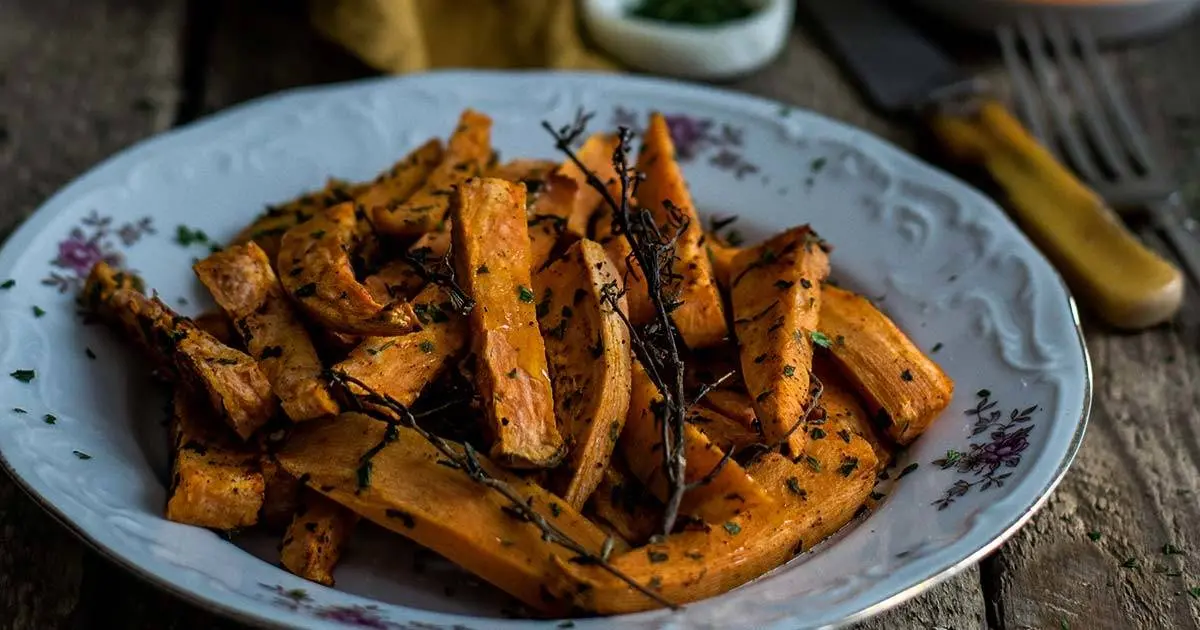
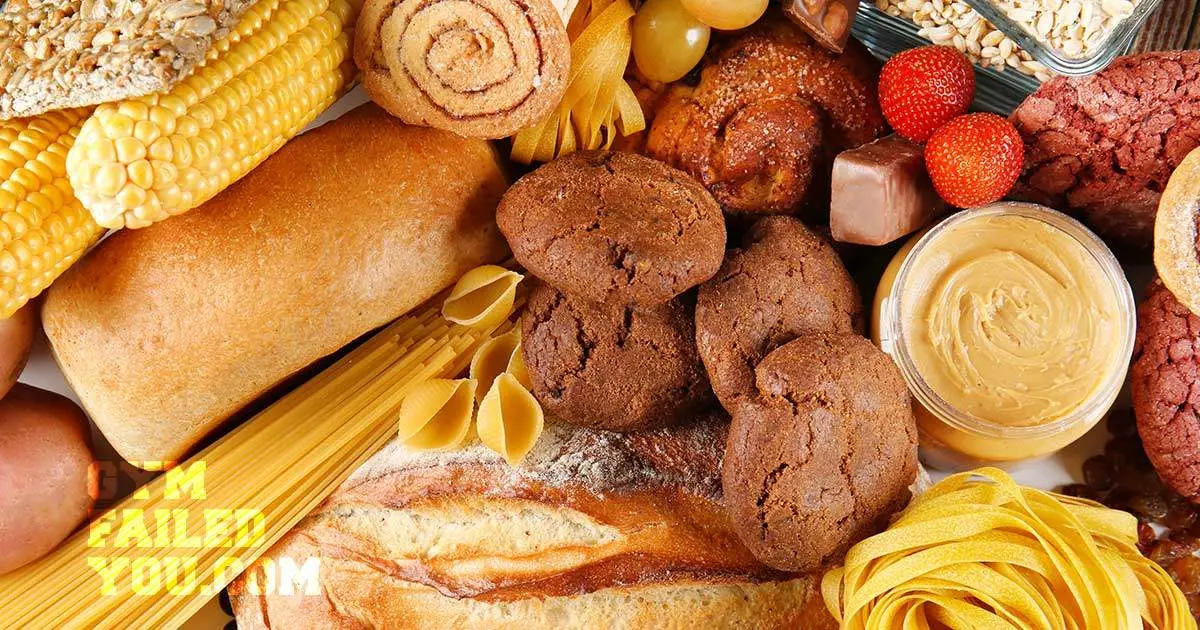
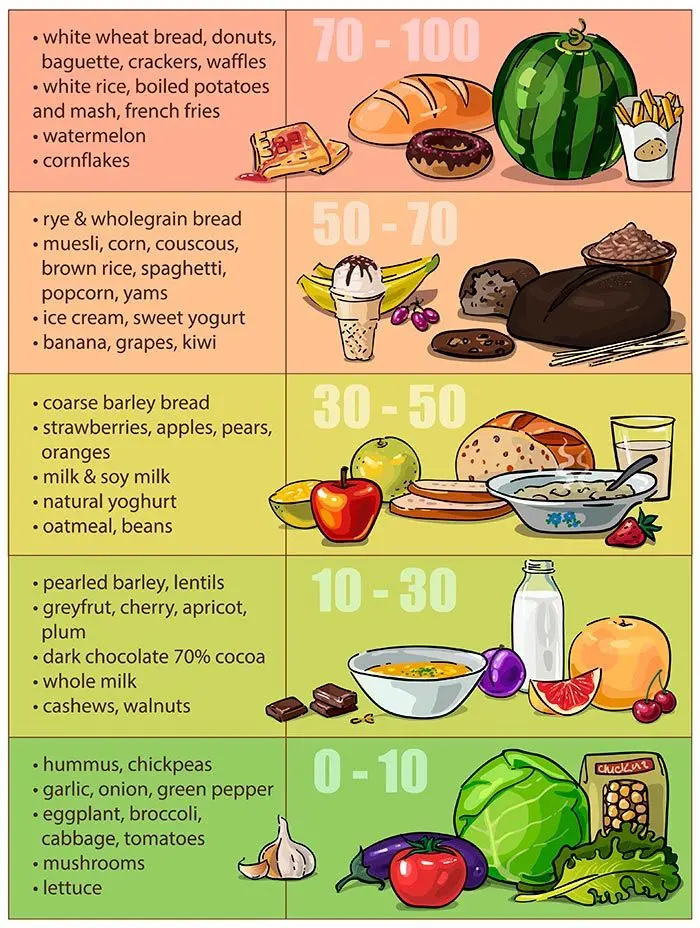
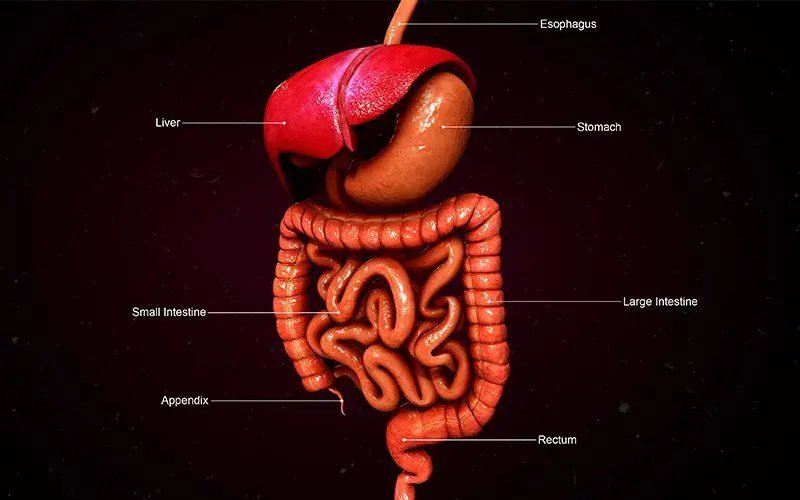
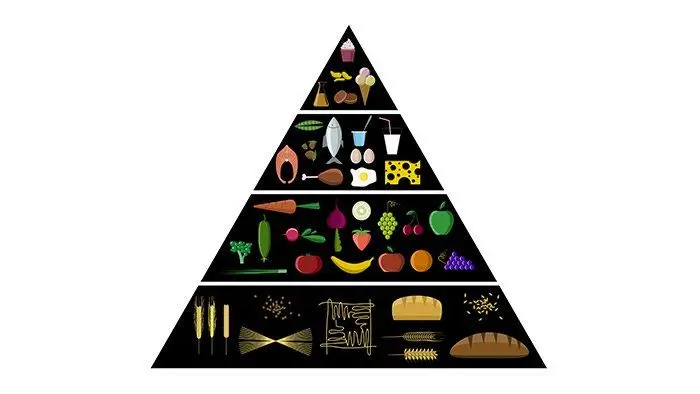



I love carbs, and apparently, they love me, as when I eat a lot of them, I gain weight easily and have a hard time taking it off.
I’ve eaten very low carb for a season every so often, but I don’t want to sustain that for a lifetime and prefer to have some starchy carbs on a regular basis. Actually, I like pretty much every carb, and will allow some of the worst ones now and again, e.g., a slice of birthday cake on my birthday or baked goods during the holidays. I love all kinds of bread, too, but relegate that to the “once in a while:” list. My go-to starchy carb favorites are oatmeal and sweet potatoes.
Hi Megan,
You are like most individuals. We’re a society raised on carbohydrates. I’m not against using them for meal planning, but I do find the best results occur when they are kept to a minimum. Also, refraining from carbohydrates late in the day is a good solution. Your go-to starches are a great choice and two of my favorites. Thank you for the comment and wishing you well Megan!